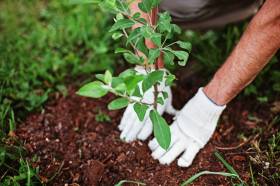Tree Disease in Fort Worth, TX
We have been saving trees in Fort Worth for the past 3 decades combatting disease and tree disease to include DFW. This makes arborist USA one of the leaders for tree doctoring. Our arbor care system is second to none with our crews by the state of Texas. You will find our staff to be knowledgeable, informative, and educational when it comes to combatting tree disease on your landscape.
Most appointments are set the next day if you call before 2 PM all estimates are free of charge and our prices are extremely affordable. Also, ask about our programs which will save you money in the long run by having us service your landscape with a detailed diagnosis of all your plantation once a quarter. Service plans start as low as $29 a month! If you’re looking for a professional Arbor Care and Tree Disease company in Fort Worth, call Arborist USA.
How To Prevent Tree Disease
Arborist USA is an arbor care Fort Worth company that specializes in sick trees and treating tree disease Fort Worth. Our in-house arborist can diagnose all types of diseases on your trees, shrubs, and all your plantation. We have been serving Fort Worth and DFW for the past 25 years and have a great track record for curing sick trees! We are experts in being able to identify and diagnose tree disease with a high percentage of treatment racial. We have extensive experience with tree injections, deep root fertilization, and spraying treatments as well. Our staff is professional, courteous, and we take tree disease Fort Worth extremely serious and bring real solutions to the table when it comes to combating sick trees. Give us a call today we can help you with any issues you might have on your plantation, garden or trees.
- Hypoxylon Canker
- Dutch Elms
- Oak Wilt
- Bacterial Scorch
- Root Rot
- Insect Infestation
- Spraying Treatment
- Systematic Deep Root
- Tree Injections
Hypoxylon Canker in Fort Worth, TX
Hypoxylon Canker is a fungus that can affect almost any hardwood or oak trees. The disease is common in Texas and is found in urban areas in North Texas as well. Healthy trees are normally not affected by the deadly fungus that Hypoxylon Canker produces. Trees are normally at risk whenever the vascular system has been exposed to the elements. This can be caused by lawn equipment like weedeaters and lawnmowers or even buy your tree service company right after they prune the trees and expose the inner vascular system.
The early symptoms of Hypoxylon Canker is a thinning of the crown, branch start dying and drying. This can also be confused with other diseases operating like oak wilt on your tree system. So it’s imperative to have an arborist diagnose it as soon as possible. It starts to invade the bark system by forming white spores of the fungus. This is a very deadly and contagious disease for your plantation and normally is referred to in the arbor care society as treat cancer. We offer tree disease Fort Worth, sick tree doctors, certified arborist, and more.
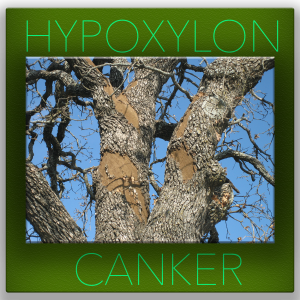
Dutch Elms in Fort Worth, TX
The fungus can not travel by air or water to infect brand-new trees but rather is lugged by beetles or transmitted through implanted (connected) roots. The bark beetles accountable for transmission include the native elm bark beetle, the smaller European elm bark beetle, and the grouped elm bark beetle. Adult female of all three types of elm bark beetle lay eggs under the bark of just recently dead or dying trees, or in firewood or logs with strongly attached bark. If DED is the reason for the trees decrease or death, the fungal microorganism will certainly be present in the wood. The DED fungi create sticky spores within passages as well as galleries developed by the bark beetles. When the brand-new beetles emerge from infected elms, they lug spores of the fungus on and in their physical bodies. Tree Disease Fort Worth.
As soon as in the trees’ vascular system, the fungal spores go up the tree with the flow of water or make a thread-like development called mycelium that increases flow towards the origin system. In some trees, the fungi are typically qualified of getting to the root system within the initial season and can infect adjacent elm trees via implanted origin systems. In response to the fungus, the tree makes plug-like frameworks called tylosis in the water cells of the tree’s vascular system in an effort to quit fungal motion throughout the tree. Vulnerable trees do not generate tylosis rapidly sufficient to block the fungus. Rather this improperly timed defense response finishes up adding to shrivel and decline within the cover. The brownish streaking of the sapwood that can be seen in some species when the bark is peeled back is due to a combination of the gummed up and also damaged vascular system.
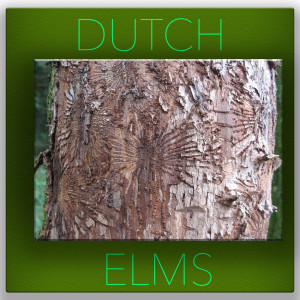
Oak Wilt in Fort Worth, TX
Deadly Oak Wilt is common in North Texas and has been plaguing Texas residents for decades. This is a highly contagious disease that affects Oak trees. Arborist USA provides tree services for tree disease Fort Worth in the DFW region.
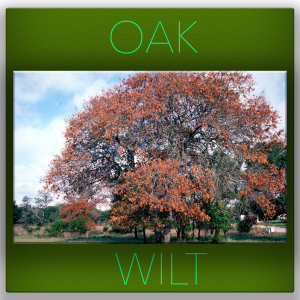
Bacterial Scorch in Fort Worth, TX
Bacterial Scorch Disease (tree disease Fort Worth) can be caused because of several conditions.
- The main reason why is that the soil does not have the proper irrigation and moisture is not adequate.
- Water is evaporated to quickly to be absorbed by the tree claimant conditions.
- The trees root system has been invaded by disease not allowing the tree to absorb water through the vascular system this is a condition called XYLEM.
Diagnosing Bacterial Scorch
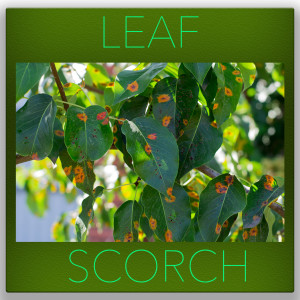
Root Rot in Fort Worth, TX
Root Rot is a fungus that grows in the root system of plants and trees. Mostly uncommon in North Texas but a few cases have been reported in trees in the last decade. Normally the symptoms associated with the roots rotting are the following.
- Trees are suspending in growth and do not have normal growth patterns.
- Leaves start to foliage out of season and turn brown or yellow.
- Root system appears dark or black in color and unhealthy.
- Branches or limbs start to get frail and dry up.
- There’s very little to no growth spurts during the Spring bloom time.
- When inspecting the tree the outer core of the roots are peeling off where you can see the vascular system exposed to the soil.
What Causes Root Rot Disease?
- Fungi operating in the root system.
- Not enough irrigation on frequencies.
- Root system exposed to the elements especially during the hot summer months or cold frigid winter days.
- Too many pesticides have been administered to the tree and damaging the vital organs of the root system.
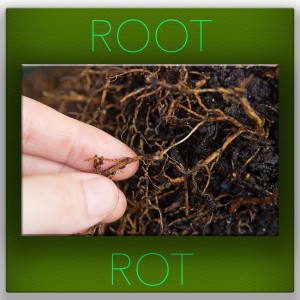
Insect Infestation in Fort Worth, TX
Insect Infestation can affect all your plantation to include trees plants and shrubberies. You can purchase at your local hardware store an anti-insect repellent that works fairly well. In some severe cases, insect infestation can cause serious damage to your tree system. If you start to notice hollow areas in your trees it’s time to call an arborist immediately seeing that a colony of insects could be harboring in your trees vascular system. Carpenter ants are one of the leading destructors of trees in North Texas making their habitat straight on the base of the trees of the trunk and causing severe damage to the tree. This can be treated fairly easily with a pesticide and the cavity can be filled in with a fungicide clay. Other insects like boars present a separate and more dangerous complex challenge. Boars drill individual holes straight into the trees vascular system and can kill a tree within a season. Normally a pesticide can cure your tree with a couple of treatments or injections.
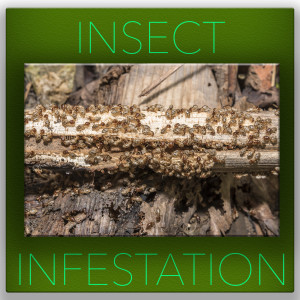
Spraying Treatment in Fort Worth, TX
There are two main ways that trees feed themselves and absorb nutrients. First, the main point of entry into a trees vascular system is through the root system. This is the fastest way to treat disease and help the tree recover back inadequate time for its next bloom season. In some cases, it is not recommended to treat any type of pesticide, organic treatments or synthetics through the root system whenever there lies the problem in that area. Tree Disease Fort Worth.
In this case, we would highly recommend going through the other entry point which is the leaves on the tree. This is a great way for a tree or shrub to absorb the nutrients needed or the treatment that is necessary to combat the disease that is stressing your trees health. Spraying is a great application that will be applied either through a liquid or if dealing with insects could be a fog. A tree can be treated within a matter of minutes and other applications can be done as scheduled depending on the severity of the disease.
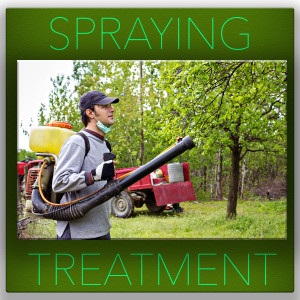
Systematic Deep Root in Fort Worth, TX
The importance though of contracting an arborist is vital! How would you know what nutrients your soil is lacking? And most importantly how would you know how to mix pesticides with the nutrients then injected into your soil? Most people DON’T have access to professional grade and safe pesticides! Arborist USA takes all the guesswork out of the simple lawn care technique. By administering a soil test to see what nutrients are lacking and causing your tree disease or they are simply being stressed because of a lack of nutrients in the soil. We provide tree disease Fort Worth services in the Dallas Fort Worth area.
Once the arborist determines what nutrients either nitrogen, copper, iron, phosphate, just to name a few that are lacking, they would be able to diagnose what is the proper treatment for your sick trees. Many times trees gather disease simply because of a lack of magnesium which is a very simple injection into the ground and is extremely affordable. In other instances, you might need depending if there is an insect Infestation or true tree disease its necessary to apply different types of additives like pesticides into your systemic deep-root feeding injections. In any case, the best way to a trees vascular system is going to be through with root system. This is one of the best ways of combatting disease and putting back the nutrients that your trees are lacking so that they can thrive once again!
Tree Injections in Fort Worth, TX
Tree injections are a sure way to combat disease and eradicate it in a Quick fashion! Though not always recommended especially for young trees under four years old tree injections are highly recommended for almost all diseases. Being able to combat whichever disease or insect infestation is operating on your trees vascular system immediately.
Tree injection simply work! They get into the vascular system and travel down the veins of the tree and eliminating disease and bring the tree back to its full potential within the matter of a few treatments. Although not one of your least expensive alternatives, when combined with either SYSTEMATIC DEEP ROOT FEED or spraying this, can be the very best way to treat tree disease on your plantation.
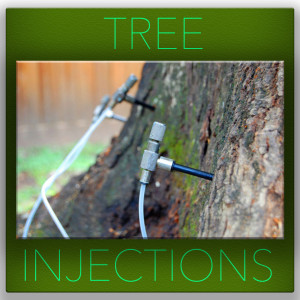
Diagnosis and Treatment for Tree Diseases
There are several ways of combating tree disease after a diagnosis has been determined. Arborist USA your complete Arbor Care Fort Worth company and Tree Disease Fort Worth has three main treatment platforms in which we operate.
- Spring through the foliage of the leaf system.
- Systemic deep root feeding.
- Tree injections.
All three are extremely helpful in combating disease on your shrubs or trees.
In specific isolated situations depending on the tree disease Fort Worth, we also might take a different approach. Once again all of this depends on the diagnosis of our labs for advanced disease and or the diagnosis of the actual tree doctor that is helping you with your sick trees. We also offer a variety of organic treatments that are a choice for many customers. The only downside to organic treatments is the length of time that it takes for your plantation to recover from the disease. In some cases, organic treatments will not be recommended due to the severity of the disease and how it will affect your trees overall health compared to the amount of time it would take to treat with organic applications. In any case organic or synthetic we are confident that they will have a high success rate in retrieving your overall all health. One important key to keeping in mind whenever applying any type of treatment; you will not be able to significantly notice a difference on your trees health until the next bloom season. In most cases, our on-site arborist should be able to diagnose your trees that same day. Although we will encounter some diseases that are more advanced to require a laboratory to get a true diagnosis so proper treatment can be administered.
Certified Arborist in the Dallas-Fort Worth Metroplex
The woodlands of East Texas are drawing in a range of invasive bugs. Laurel wilt, brought by the red bay ambrosia beetle, was recently encountered in Hardin and also Jasper counties. Tree Disease Fort Worth, Sick Trees, Tree Trimming, Tree Removals, and more. Also, the emerald ash borer, discovered in 2014 in northern Louisiana, is knocking on the door, otherwise already here. Another insect from Asia, the black branch borer, has been in Texas at the very least since the mid‐1980s, yet the harm it purposes is merely currently becoming visible.
The black branch borer, with the taxonomic name Xylosandrus compactus, is a little ambrosia beetle that is hardly 1/16 inch long. It ties itself right into the slim branches of over 220 trees and hedges, consisting of southern magnolia, grape, sweet pair, pecan, dogwood, water oak, red maple, redbud, grape and numerous various other plants. Apparently healthy and balanced trees are affected by this insect. The initial proof of an invasion is a condition called “flagging,” that was researched by the Forestry Association.

